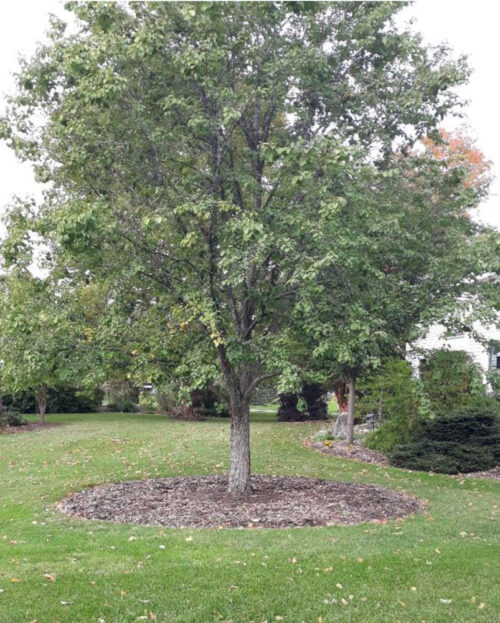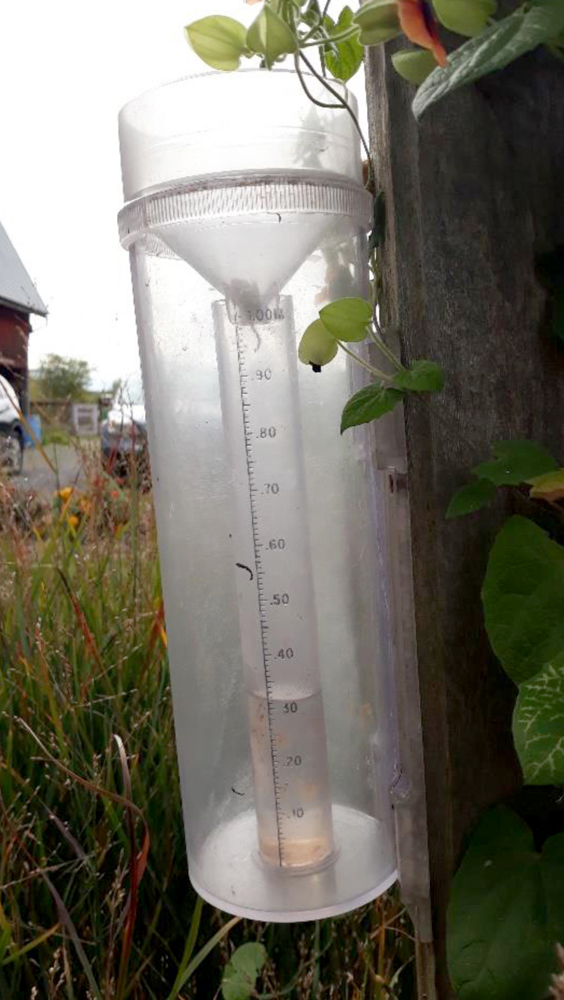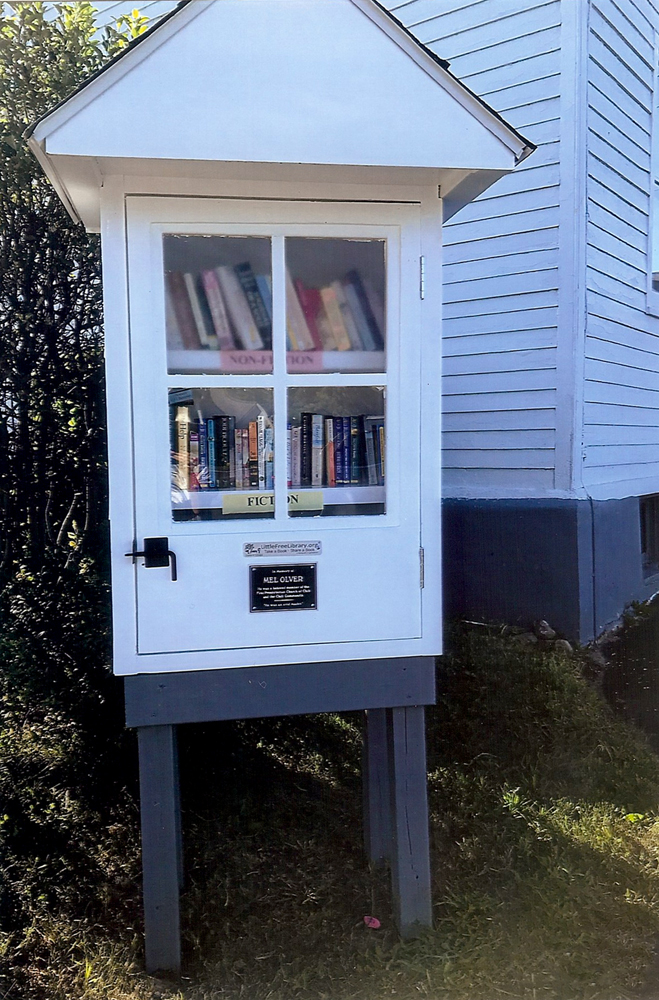Fall tips for landscape plants

This has been a trying year for growing plants. We have run the gamut of weather possibilities, from a cold, wet spring to a hot, extremely dry summer. While there were a couple of large rain events in August (unusual for that month), the precipitation came down hard and fast. Most of the water ran off before it could percolate into the soil, making it valuable only to reservoirs and ponds. Now, in the middle of fall, there is the typical back and forth of warm and cool days but still little precipitation that is working its way to the plant roots.
Because of this stress on established plants, we are not seeing the glorious fall foliage display that we anticipate each year. While there will be some good spots here and there, many trees will drop their leaves quickly after coloring up and others may just drop without changing.
Established plants should be able to make it through the winter if they have been growing in a site that is suited to their specific requirements (some plants like wet soil, others like dry, with most in the middle). Make certain that plants do not go into the winter without sufficient moisture surrounding their roots. In particular, any plants that were planted this growing season should receive an inch of water each week for the next month, unless we get equivalent precipitation that comes down slowly and can seep into the ground. Purchasing an inexpensive rain gauge can be a great investment. When a heavy cloudburst moves through the area, leaving puddles on the ground, it may seem like we got a lot of rain. The rain gauge, however, may only show a tenth of an inch of precipitation or so. Using a rain gauge will help you know just how much more your plants might need that week.
Mulching these plantings, especially herbaceous perennials, will also help get these newly planted plants through the winter. For lawn trees, expanding the mulched area (removing more sod) will be a tremendous help to the tree. Grass roots are shallow, with tree roots found below. Any water that hits the lawn will be captured by the grass plants before it can work its way down to the tree roots. Reducing the amount of competition with the lawn will help trees to thrive.
There are other tasks to accomplish now that will pay off next year. Protecting susceptible plants from deer browsing or rodent damage may involve putting up fencing to create a barrier between plants and animals. Applying an anti-dessicant to the leaves of broad-leaved evergreens will help with moisture loss. Re-apply this throughout the winter when there is a warm day as the anti-dessicant can wear off over time. If wrapping plants in burlap, be sure to not wrap the plant too tightly, allowing some space between the burlap and the foliage.
A little extra attention now will pay off in the future.
Information and photos provided by
Cornell Cooperative Extension-Monroe





